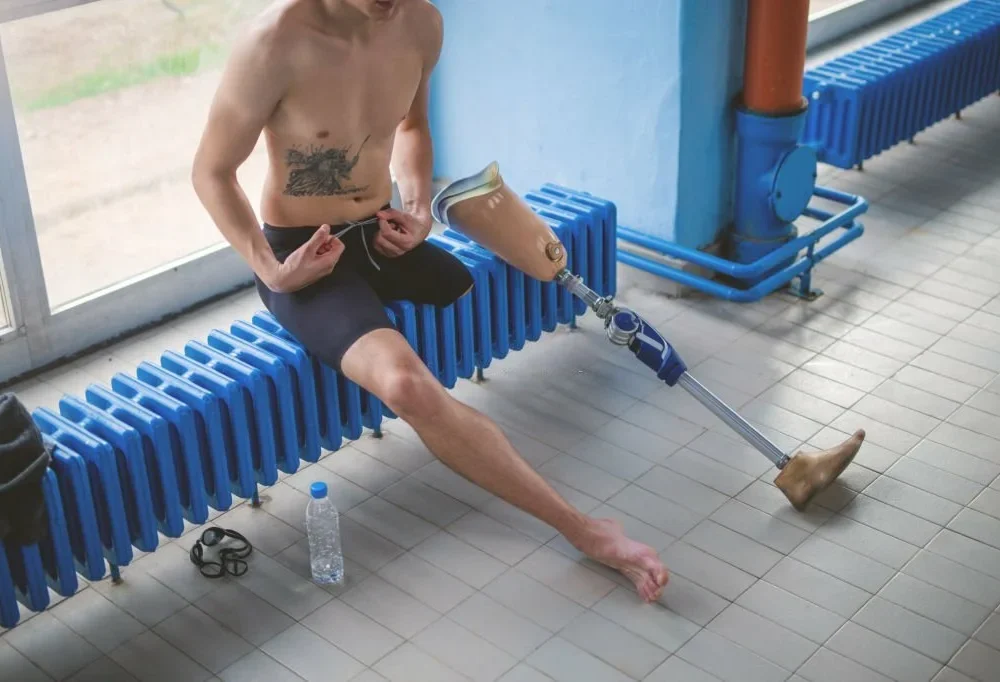
Life after an amputation can take some getting used to. Amongst the numerous challenges is how to take care of your residual limb. With proper care, amputees can live a healthy and long life.
A residual limb is the remaining stump that is left behind after an amputation. Surgeons usually try and preserve as much of your remaining limb as possible, so there are differences in the length and strength of residual limbs depending on your initial injury.
Hygiene and Skin Care
The skin on the end of your residual limb will be fragile, so you must take care of it. This is especially important if you end up wearing a prosthetic regularly.
You should be washing your stump daily with fragrance-free or antibacterial soap. Remember to dry it thoroughly so that moisture doesn’t get trapped in your prosthesis. To ensure this, try to shower or wash it at night so it has a proper amount of time to dry.
Managing Moisture and Perspiration
If you are a sweaty person, you should be aware of how much get on your residual limb. Perspiration can build up and cause rashes which can be uncomfortable.
As well as showering at night to allow maximum drying time, make sure you check your limb regularly after removing your prosthetic limb. You may have reduced sensation which means you may miss getting a sore, rash or injury.
Proper Bandaging and Wrapping
Wrapping and bandaging your residual limb is important when you are not wearing a prosthetic or bathing. This helps to protect your fragile skin from getting abrasions which can easily become infected.
The exact style of wrapping will depend on the type of amputation you have had, as the limb shapes are different. But one universal tip is to make sure the bandage is tight to support the limb but not too tight that it restricts blood flow.
Monitoring and Seeking Professional Help
As with all habits, it can take some time to find a good rhythm for checking your residual limb. If you aim to do it daily you will be able to notice and monitor any changes on the skin. If you are struggling to see all the way around keep a hand mirror nearby to help you see everything.
If you notice anything different on your stump, contact your medical team immediately. It may not be worth worrying about, but it is better to be safe than sorry.
The adjustment required for living with an amputation can be life-changing, meaning you may find it hard to work for a while. You may be entitled to compensation so look into amputation claims to help ease the financial burden whilst you recover.

Beth is Cloudmineinc’s senior health editor and a certified personal trainer. She has over 10 years experience as a science journalist and is the author of two books. She deadlifts over 315 lbs.